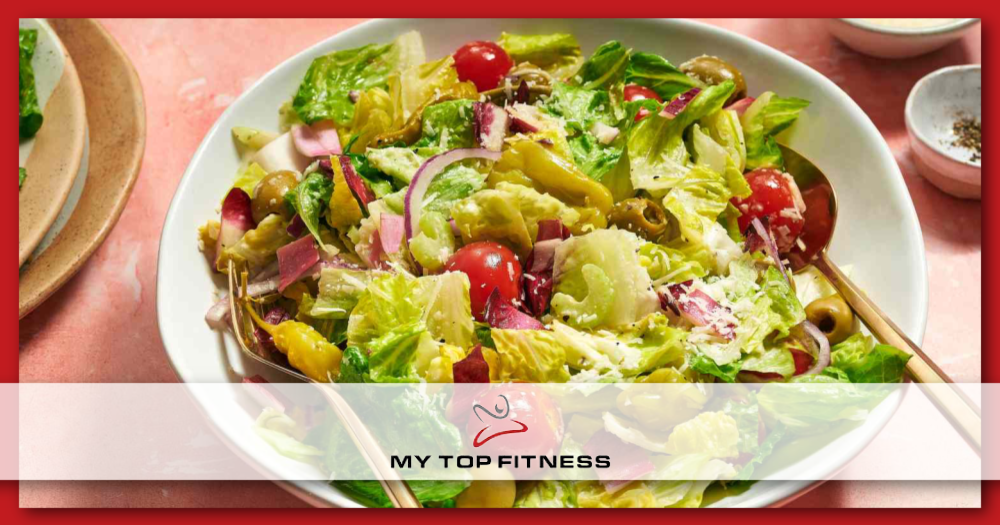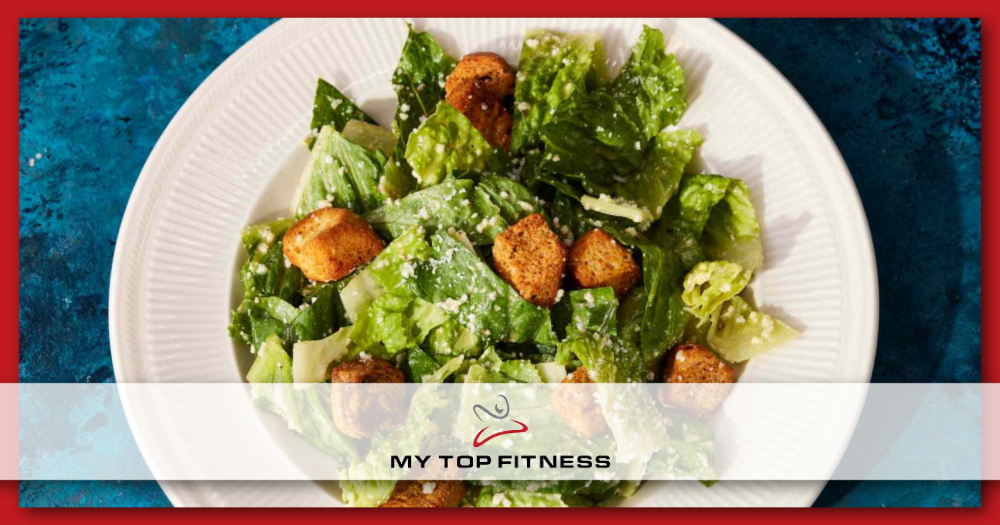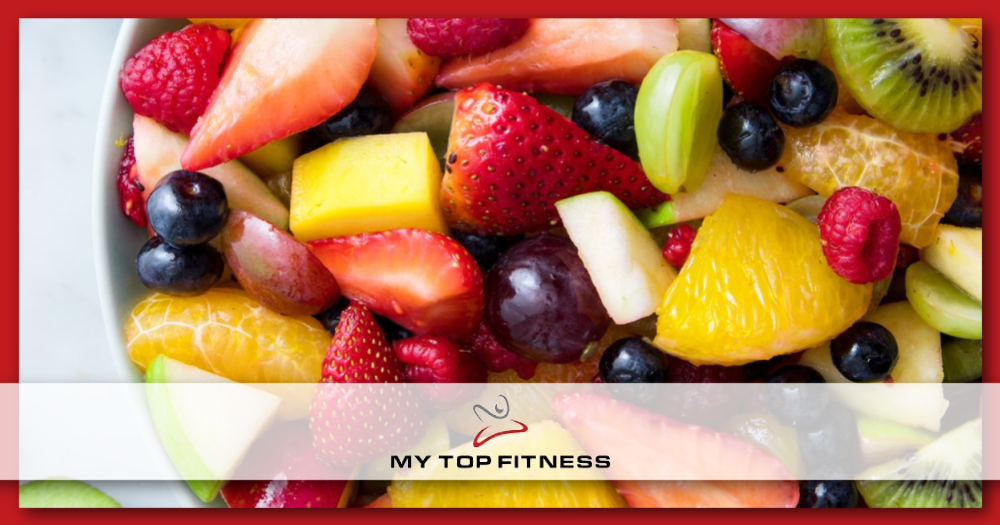How to Actually Like Salad: Tips and Tricks for Enjoying Your Greens

Do you find yourself avoiding salads because you just can’t seem to enjoy them? Maybe you’ve tried a few in the past and just couldn’t get past the taste of the greens or the texture of the vegetables. Or perhaps you’re just not sure where to start when it comes to making one that you’ll actually enjoy.
The good news is that you can learn to like and even love it! With a few tips and tricks, you can create delicious salads that are packed with flavor and nutrients. In this article, we’ll explore the different types, ingredients to include, and how to make tasty dressings that will keep you coming back for more.
Key Takeaways
- Understanding the different types of salads and ingredients can help you create one that you’ll actually enjoy.
- Experimenting with different dressings and flavors can help you find the perfect combination for your taste buds.
- With a little bit of effort and creativity, you can learn to love salads and make them a regular part of your diet.
Understanding Salads
Salads are a great way to add more greens and vegetables to your diet. They can be a delicious and healthy meal or a refreshing side dish. Understanding the different types and how to make them can help you enjoy them more.
One of the most common types is the tossed salad. This is simply made by tossing together greens, vegetables, and dressing. Tossed salads can be made with a variety of greens, such as lettuce, spinach, or arugula, and can be customized with your favorite vegetables and toppings.
Another type is the composed salad. This is more elaborate and is arranged on a plate or platter. Composed salads can be made with a variety of ingredients, such as fruits, vegetables, meats, and cheeses. They can be a beautiful and impressive addition to any meal.
Bound salads are another type of salad that are made by binding ingredients together with a dressing or mayonnaise. Examples of bound salads include potato salad, macaroni salad, and coleslaw.
When making a salad, it is important to choose fresh and high-quality ingredients. Look for greens that are crisp and free of blemishes. Wash and dry your greens thoroughly before using them in your salad.
Types of Salads
Depending on your preferences and dietary restrictions, there are many types you can choose from. Here’s what you need to know about each type of salad.
Vegetable Salads
These are perfect for those who want to increase their daily intake of vegetables. They are typically made with a variety of vegetables such as tomatoes, cucumbers, lettuce, peppers, carrots, onions, and mushrooms. Some popular vegetable salads include arugula salad, Caesar salad, and chopped salad.
Protein Salads
These are perfect for those who want to add more protein to their diet. They are typically made with beans, chicken, meat, eggs, tuna, tofu, steak, hard-boiled eggs, ground beef, ground turkey, and more. Chicken salad and taco salad are popular examples of protein salads.
Grain Salads
These are perfect for those who want to add more grains to their diet. They are typically made with grains such as quinoa, farro, and pasta. They can also include vegetables and protein. Some popular grain salads include lentil salad, Italian chopped salad, and avocado corn salad.
No matter what type you choose, it’s important to make sure that it’s balanced and nutritious. You can also experiment with different ingredients and dressings to find the perfect recipe that works for you.

Exploring Salad Ingredients
If you’re looking to up your salad game, it’s time to start exploring different ingredients. Here are some ideas to get you started:
Cheeses
Cheese is a great way to add flavor and texture. Try adding crumbled blue cheese to a simple salad of romaine, kale, and veggies for a tangy kick. Or, sprinkle shaved parmesan cheese over a spinach and strawberry salad for a salty contrast to the sweet fruit.
Nuts and Seeds
Nuts and seeds are a great way to add crunch and healthy fats. Try adding chopped walnuts or sliced almonds to a dried cranberry and grapefruit salad. Or, sprinkle pumpkin seeds over a salad of mixed greens and seasonal fruit for added texture.
Fruits and Berries
Fruit and berries can add a sweet and refreshing element. Try adding sliced strawberries to a spinach salad with red onions and a balsamic vinaigrette. Or, toss diced seasonal fruit with mixed greens and a honey-lime dressing for a light and refreshing summer salad.
Adding Crunch
Croutons aren’t the only way to add crunch. Try adding roasted brussels sprouts or chickpeas for a crispy texture. Or, toss in some edamame or diced avocado for a creamy and crunchy contrast.
Proteins
Protein is essential for a filling and satisfying salad. Try adding grilled shrimp or chicken to a mixed green salad for a hearty meal. Or, toss in some roasted potatoes or corn for a vegetarian option.
Unconventional Ingredients
Don’t be afraid to think outside the box when it comes to the ingredients you can add. Try adding fresh herbs like basil or mint for a burst of flavor. Or, add some diced chiles for a spicy kick. And don’t forget to season your salad with salt and pepper to bring out the flavors of all the ingredients.
Creating Delicious Salad Dressings
Making your own dressing is an easy and delicious way to elevate your salads. With just a few simple ingredients, you can create a dressing that is healthier and more flavorful than store-bought options. Here are some tips to help you create delicious dressings:
Classic Dressings
Classic dressings like Italian and creamy dressings are a great place to start. These dressings are versatile and can be used on a variety of salads. Italian dressing is typically made with olive oil, vinegar, mustard, and herbs. Creamy dressings, on the other hand, are made with a base of mayonnaise or sour cream and can be flavored with herbs, spices, or citrus.
Making Your Own
A basic dressing recipe includes three parts of high-quality fat to one part acid (vinegar or citrus juice). You can use a variety of oils like olive oil, avocado oil, or sunflower oil as the fat component. For the acid, you can use vinegar, lime, or lemon juice. To add flavor, you can mix in herbs, spices, honey, or tahini.
Choosing the Right Dressing
Choosing the right dressing can make or break your salad. If you’re looking for a healthier option, try a vinaigrette made with olive oil and vinegar or citrus juice. If you want a creamier dressing, try a tahini dressing made with tahini, lemon juice, and garlic. Poppyseed dressing is another popular option that is sweet and tangy. When choosing a dressing, be mindful of the fat content and try to choose healthier options.
Salad Ideas and Recipes
If you’re looking for some ideas and recipes to make your salad more enjoyable, you’re in the right place. These ideas and recipes are just a starting point. Feel free to experiment with different ingredients and dressings to find the perfect salad for you. Here are a few simple ideas that you can try:
- Italian Chopped Salad: This salad is packed with flavor and is easy to make. Simply chop up some lettuce, tomatoes, cucumber, red onion, and olives. Add some Italian dressing and top with shredded Parmesan cheese.
- Avocado Corn Salad: This salad is perfect for summer and is a great way to use up fresh corn. Simply mix together some avocado, corn, red onion, cherry tomatoes, and cilantro. Add some lime juice and salt and pepper to taste.
- Simple Salad: Sometimes, less is more. For a simple salad, just mix together some lettuce, cucumber, and tomato. Top with your favorite dressing.
- Chicken Caesar Salad: This classic salad is always a hit. Simply grill some chicken and chop it up. Mix together some romaine lettuce, croutons, and Caesar dressing. Top with the chicken and some shredded Parmesan cheese.
- Greek Salad: This salad is packed with flavor and is perfect for a light lunch. Simply mix together some romaine lettuce, cucumber, cherry tomatoes, red onion, and olives. Add some feta cheese and Greek dressing.
- Spinach Salad: This salad is perfect for a healthy lunch. Simply mix together some spinach, sliced strawberries, sliced almonds, and goat cheese. Add some balsamic vinaigrette dressing.
Conclusion
Incorporating salads into your diet can be a great way to increase your vegetable intake and maintain a healthy lifestyle. By following the tips and tricks outlined in this article, you can learn to enjoy and make them a regular part of your meals.
Remember to experiment with different types of greens and vegetables to find the ones you enjoy the most. Don’t be afraid to try new things and mix it up with different combinations. Remember, salads don’t have to be boring!

Frequently Asked Questions
What are some ways to make salads more interesting?
If you find them boring, you’re not alone. But there are plenty of ways to make them more exciting. Try mixing up textures by adding nuts, seeds, or croutons. You can also add fresh or dried fruit for a sweet twist. Experiment with different types of lettuce or greens, and try adding herbs like basil or cilantro for extra flavor.
How can I start eating it every day?
If you’re not used to eating it regularly, it can be hard to get into the habit. Start small by adding a side salad to your lunch or dinner a few times a week. Then, gradually increase the frequency. You can also try prepping them ahead of time so they’re easy to grab and go.
What are some healthy ingredients to add to salads?
There are plenty of healthy ingredients you can add for extra nutrition. Try adding protein like grilled chicken, tofu, or hard-boiled eggs. Add healthy fats like avocado or nuts. For extra fiber, add beans or roasted vegetables. And don’t forget about the power of fresh herbs and spices for added flavor and health benefits.
What are some alternatives to traditional dressing?
If you’re not a fan of traditional dressing, there are plenty of alternatives to try. You can try using a simple vinaigrette made with olive oil and vinegar. Or try using hummus or guacamole as a dressing. You can also try using salsa, hot sauce, or a squeeze of fresh lemon or lime juice for a tangy kick.
What are some easy recipes for beginners?
If you’re new to making them, start with simple recipes that don’t require a lot of ingredients or prep work. Try a classic Caesar with romaine lettuce, croutons, and Parmesan cheese. Or try a Greek with cucumber, tomato, feta cheese, and olives. You can also try simple with mixed greens, cherry tomatoes, and a vinaigrette.
How can I learn to enjoy eating it?
If you’re struggling to enjoy eating it, it may be because you haven’t found the right combination of ingredients for your taste buds. Experiment with different ingredients and dressings until you find a combination that you enjoy. You can also try making them more visually appealing by adding colorful ingredients like bell peppers or carrots. And don’t forget to season them with salt and pepper to bring out the flavors.





